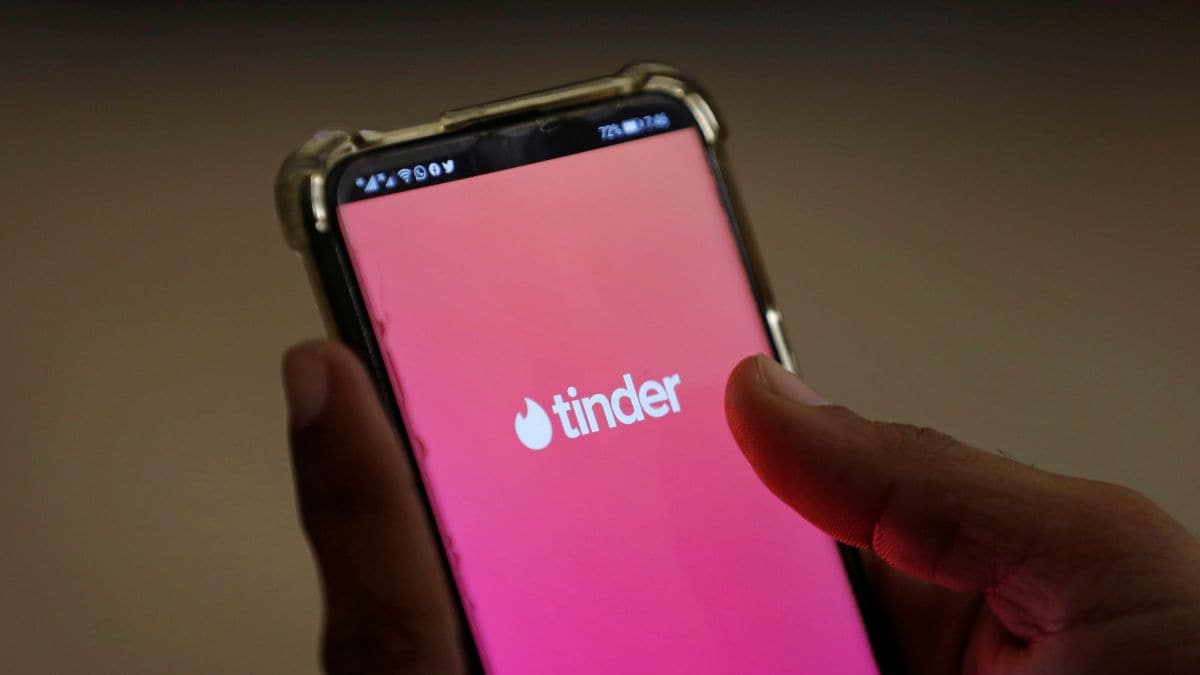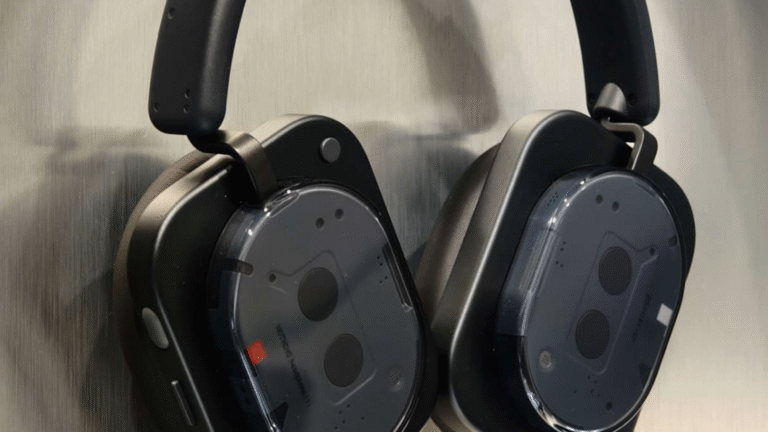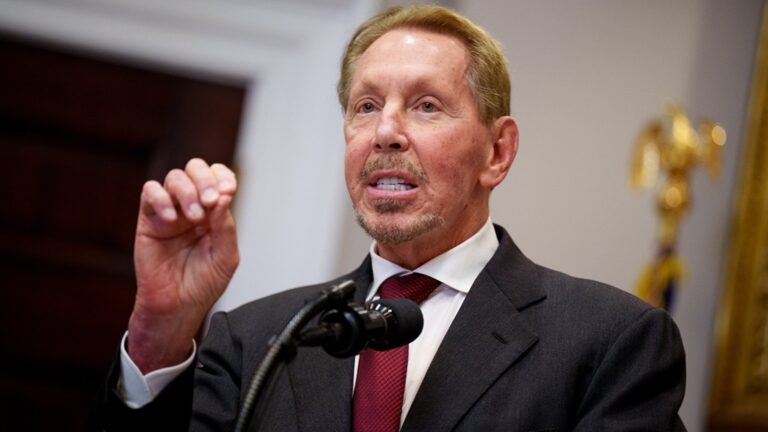Tinder, one of the most widely used dating applications globally, is currently piloting a premium feature that lets subscribers indicate a preferred height range for potential matches.
The feature, now in the testing phase, does not block users entirely based on height.
Instead, it modifies the platform’s internal matching algorithm to prioritise profiles that fall within a user’s stated height preferences.
The feature, referred to by Tinder as a “height preference,” has rapidly become a polarising topic among app users and social media commentators.
Although it’s designed as an optional setting for paying members — and functions more as a soft suggestion to the algorithm rather than a hard exclusion — it has already stirred heated discussions about fairness, bias and the influence of superficial filters in the online dating world.
Tinder’s spokesperson explained that the platform is actively evolving in response to user feedback and that this trial is part of a broader initiative.
“We’re always listening to what matters most to our Tinder users – and testing the paid height preference is a great example of how we’re building with urgency, clarity, and focus,” the company stated. Phil Price Fry, Tinder’s Vice President of Communications, confirmed the statement to CNN.
How the Tinder height filter works and what sets it apart
Unlike traditional filters that block profiles outright, Tinder’s paid height preference is designed to subtly shift the app’s recommendations. This means users who fall outside someone’s specified height range might still appear — but less frequently or not as prominently.
Other dating platforms already offer similar features. Hinge, also owned by Match Group (Tinder’s parent company), allows its premium members to set height preferences.
Likewise, Bumble enables paid users to filter potential partners by astrological sign, and Grindr offers filters for body type.
However, Tinder remains the largest and most influential among these services, with over 14 per cent of US adults reportedly using it, according to Pew Research Center.
The introduction of this tool may appear minor, but it’s symptomatic of a larger shift in dating app culture — one that encourages users to create highly specific wish lists for potential partners.
These increasingly detailed filters, while intended to streamline dating, have led to concerns about reducing individuals to data points.
Height preferences: A cultural bias or just personal choice?
The emphasis on height is not new in the dating world, but online platforms have increased its prominence.
Many users voluntarily disclose their height on dating profiles — sometimes exaggerated by a couple of inches, according to data from OKCupid — to appeal to perceived preferences. This dynamic, according to scholars, reflects deeper societal conditioning.
Liesel Sharabi, an associate professor at Arizona State University specialising in digital romance, noted that dating apps have played a role in amplifying the importance of traits like height.
“They’re seeing the ability to filter it, so suddenly height becomes salient in a way that it wasn’t before. In doing that, the dating apps are telling you what you should be prioritising,” she told CNN.
Her concern is not simply with the filters themselves, but with how they shape users’ understanding of compatibility.
According to her, focusing too narrowly on quantifiable characteristics can ultimately limit people’s chances of forming meaningful relationships. “The narrower your idea of the perfect match becomes, the harder it can be to find them in real life.”
How Tinder’s height filter has divided the dating world
Social media platforms erupted with commentary following the announcement. Some users joked about the implications, with one writing, “They put the Tinder height filter behind a paywall, short kings are safe. Pretty girls don’t pay for dating apps.”
Another quipped, “It’s over for short men. What are they going to do now?”
Others viewed the change positively, seeing it as a practical improvement. One user argued that it eliminates unnecessary back-and-forth by matching people with clearer preferences, “Why is this a problem? If someone likes a certain height, go for it. It also weeds out the [people] who don’t like your height.”
Not everyone was amused. One man reflected on how the filter might have affected his life had it existed earlier: “I 1000 per cent wouldn’t have met my wife if this filter existed, I’m short (5’5”) and definitely would have been filtered out immediately just by even a basic filter for 5’7’+ (slightly below average height and over). God speed to my fellow short kings. Glad to be out of it.”
How this filter may affect shorter men and taller women
The backlash is rooted in longstanding concerns over discrimination based on height, often referred to as “heightism.”
Research has found that heterosexual women generally prefer taller partners, while men tend to prefer women who are shorter.
Pew data from 2022 reveals that men are more likely to use dating apps than women (50 per cent versus 37 per cent, respectively), giving women greater agency to be selective.
This imbalance, coupled with filter tools, may amplify an already uneven playing field. Sharabi noted that, “shorter men are likely at a disadvantage on the apps,” adding that tall women may also face unintended consequences.
Even among women, height preferences can be complicated. Twitch streamer Charlie Schroeder sparked controversy when she posted on X: “Not to side with the men here, but why do women 5’3” and under have such strong preferences for men 6ft+. you are a hobbit, 5’8” is tall enough. you can’t even tell when your 5’8” boyfriend is lying about being 6’0” because you’re so short.”
not to side with the men here, but why do women 5’3″ and under have such strong preferences for men 6ft+. you are a hobbit, 5’8″ is tall enough. you can’t even tell when your 5’8″ boyfriend is lying about being 6’0″ because you’re so short. https://t.co/2Pr8rr2KJJ
— enemycharlie (@enemycharlie) May 31, 2025
While filters for political beliefs, religious values or smoking habits arguably help avoid fundamental mismatches, critics argue that height preferences reinforce shallow biases.
The trend raises the question: are users seeking meaningful partnerships or optimising a curated checklist?
Many users feel pressured to misrepresent themselves in order to avoid being excluded from algorithmic recommendations.
A TikTok creator known as iPadTinderGirl demonstrated this inconsistency firsthand by setting her height filter between 6 feet and 7 feet 11 inches — only to be immediately shown users under 6 feet, reported CNN.
“It’s not a guarantee that these people aren’t going to get shown to you, but at the same time, you’re nudging the algorithm in a certain direction, right?” Sharabi explained.
Is this move changing the way humans date?
Tinder’s rollout of the height preference feature is not just a technical change — it’s a reflection of how algorithms increasingly mediate human intimacy.
The tension lies in balancing personalisation with openness. As apps continue to innovate with more customisation, critics fear this may come at the cost of spontaneous connection.
While it’s natural to have preferences, experts urge users to remain aware of how algorithms and app design influence those preferences.
Emotional compatibility, shared interests, and values remain central to long-term relationship success — traits no filter can reliably detect.
Dating, at its core, is still a human endeavour.
Also Watch:
With inputs from agencies




















